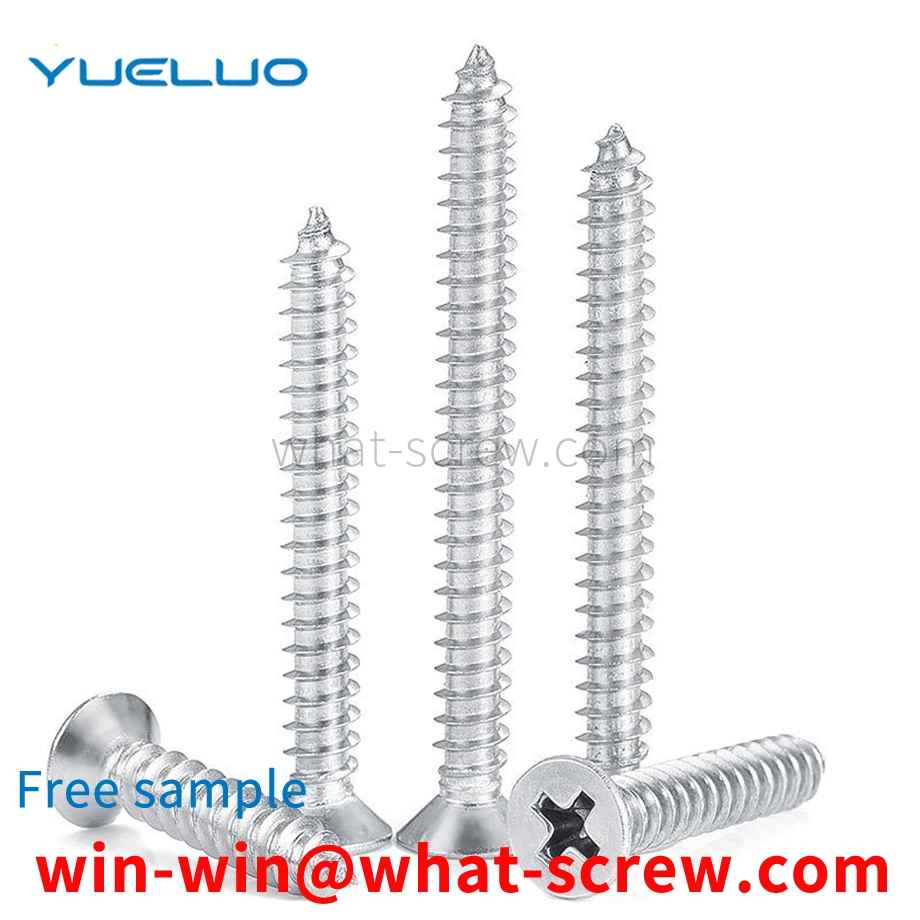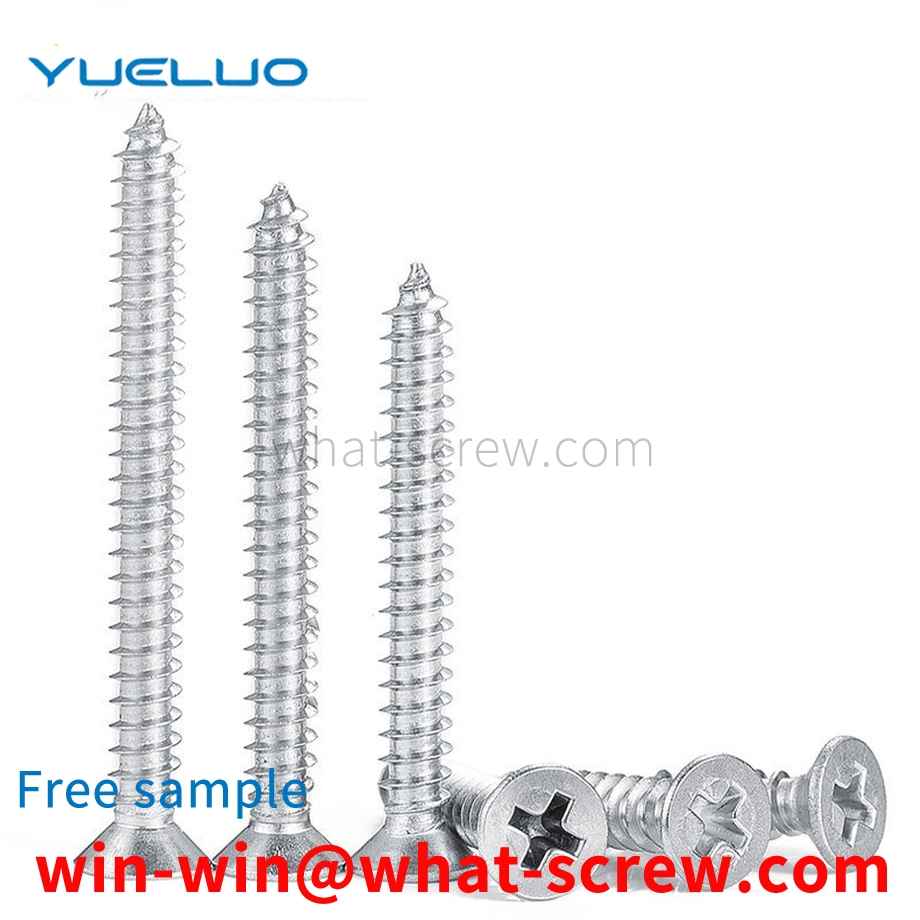Commonly used national standard GB41Ⅰ type hexagon nut——C grade GB6170Ⅰ type hexagonal nut——, B grade GB6171Ⅰ type hexagonal nut-fine thread-, B grade MelbourneGB6172 hexagonal thin nut——, B grade - chamfering MelbourneGB6173 hexagonal thin nut—— Fine thread—, B grade GB6174 hexagonal thin nut—B grade—without chamfering
The post-treatment of nickel-phosphorus plating includes two main processes of driving hydrogen and polishing. ①Hydrogen drive; according to the relevant standards, the hydrogen drive temperature after plating is 200±10℃, and the treatment time is 2h. 200 ℃ is beneficial to eliminate hydrogen embrittlement, relax internal stress, improve the bonding force between the coating and the substrate, and improve the corrosion resistance of the coating. ②Polishing; the polished bolt has a bright appearance, but in order to better improve the quality of the coating, smooth the tiny traces, and obtain a bright mirror-like surface, the coating needs to be polished with a polishing machine.
As the preferred embodiment of the above-mentioned embodiment, the motor 41 is provided with a thruster 46 that moves the cutting wheel 42 toward the conveying device 3. When the screw needs to be slotted, the thruster 46 generates a thrust toward the screw, and the motor 41 generates a thrust in the direction of the screw. Under the action, the groove is moved along the track 47 toward the screw. The other end of the motor 41 is provided with a bearing 45, and the output end of the motor is provided with a special-shaped wheel 44. The special-shaped wheel 44 is geared to the bearing 45. The wheel 42 is close to or away from the conveying device 3. When the grooving is completed, the special-shaped wheel 44 rotates and drives the bearing 45 to generate the opposite force from the above-mentioned thrust, so that the motor 41 moves back to the initial position along the track 48.
2. Low cycle fatigue Low cycle fatigue means that the fatigue stress is close to or exceeds the yield limit of the material. The material has a certain amount of plastic deformation in each strain cycle. The life is generally in the range of 102 to several times 104, and the fatigue curve is generally used. ε-N curve representation. The finite element calculation results show that after the bolt is screwed into the lock nut, the stress at the root of the threaded piece is large, and part of the surface area is in a yield state, while the strain in the central area of the root of the threaded piece is small, and the strain situation is more complicated. The area with high strain at the root of the thread piece experiences reciprocating loading, which is prone to low cycle fatigue, which reduces the pressure of the thread piece and reduces the screw-out torque.
Subway tunnels can be divided into rectangular, arched, circular, and elliptical end face forms according to the section shape of the section tunnel. The rectangular end face can be divided into single-span, double-span and multi-span types. There are two types of circles. The subway tunnel needs to install electromechanical equipment through bolts, insert T-shaped bolts into the preset holes on the shield plate of the subway tunnel, and then cast and fix it. The bolts are smooth and the contact surface is small. The bolts installed in the shield plate are easy to fall off, causing the installed equipment to fall and damage or causing losses to pedestrians or vehicles passing in the tunnel. Therefore, it is necessary to further improve the current bolts.
We have many years of experience in the production and sales of screws, nuts, flat washers, etc. The main products are: stainless steel British and American fine-tooth nuts, ingot big ears, cap-shaped Melbournedecorative nuts, diamond screws and other products, we can provide you with suitable fastening products piece solution.



















 Service Hotline
Service Hotline




